Here's what we learned about aliens in 2020

In a year when mysterious monoliths literally appeared out of nowhere, you'd think the first real detection of alien life would be a stone's-throw away. Well, 2020 didn't bring any little green men, but it did bring astronomers closer to finding extraterrestrial life than ever before. From organic molecules turning up around the solar system to mysterious radio signals finally being traced back to their source, here are some of the biggest findings of the year about where aliens may be (and definitely aren't) hiding in the universe.
There could be alien life in the clouds of Venus
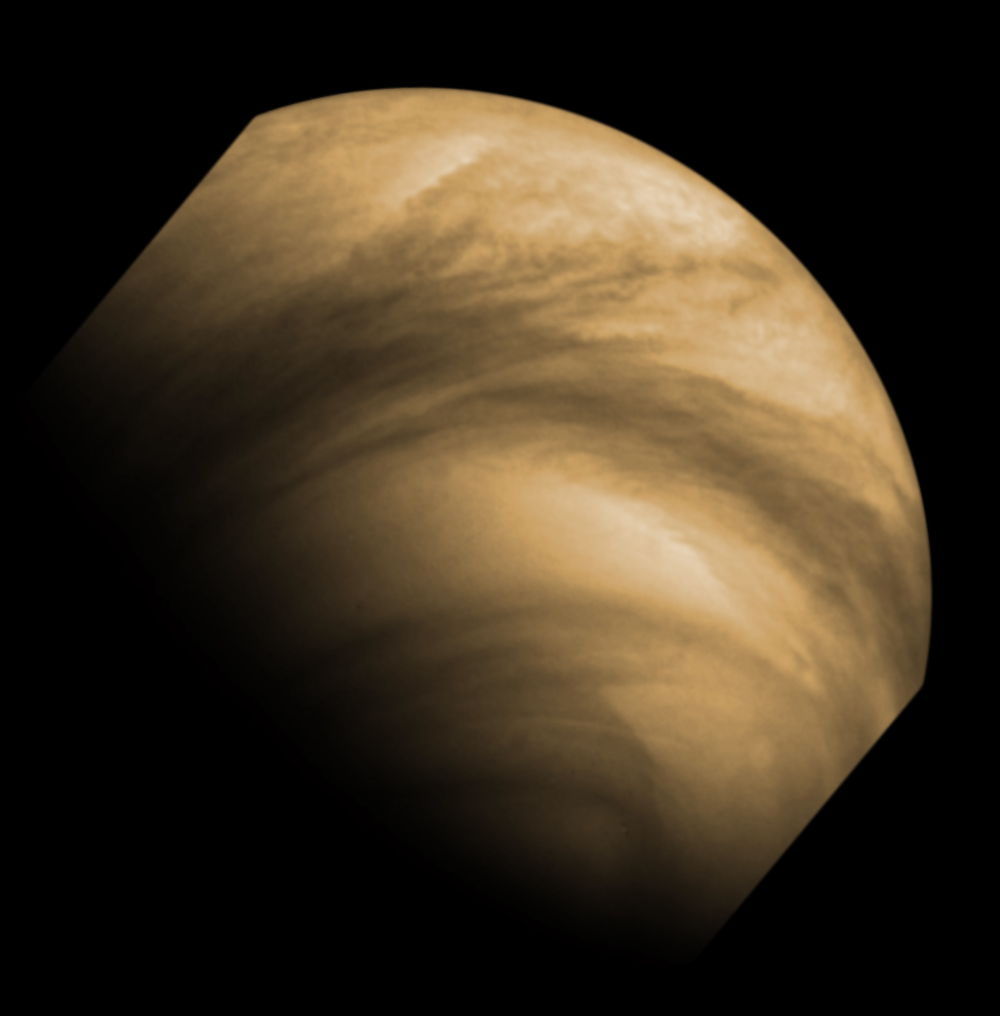
In September, Venus became the most popular planet on Earth when scientists discovered possible traces of the molecule phosphine in the planet's atmosphere. On Earth, phosphine (made from one phosphorous atom and three hydrogen atoms) is mostly associated with non-oxygen-breathing bacteria, as well as some human activities. The molecule is produced naturally by gas giants, but there's no good reason why it should be on the hot and hellish world of Venus, the researchers concluded — unless, perhaps, there is some sort of life breathing it into the planet's mysterious clouds?
… But it's not likely
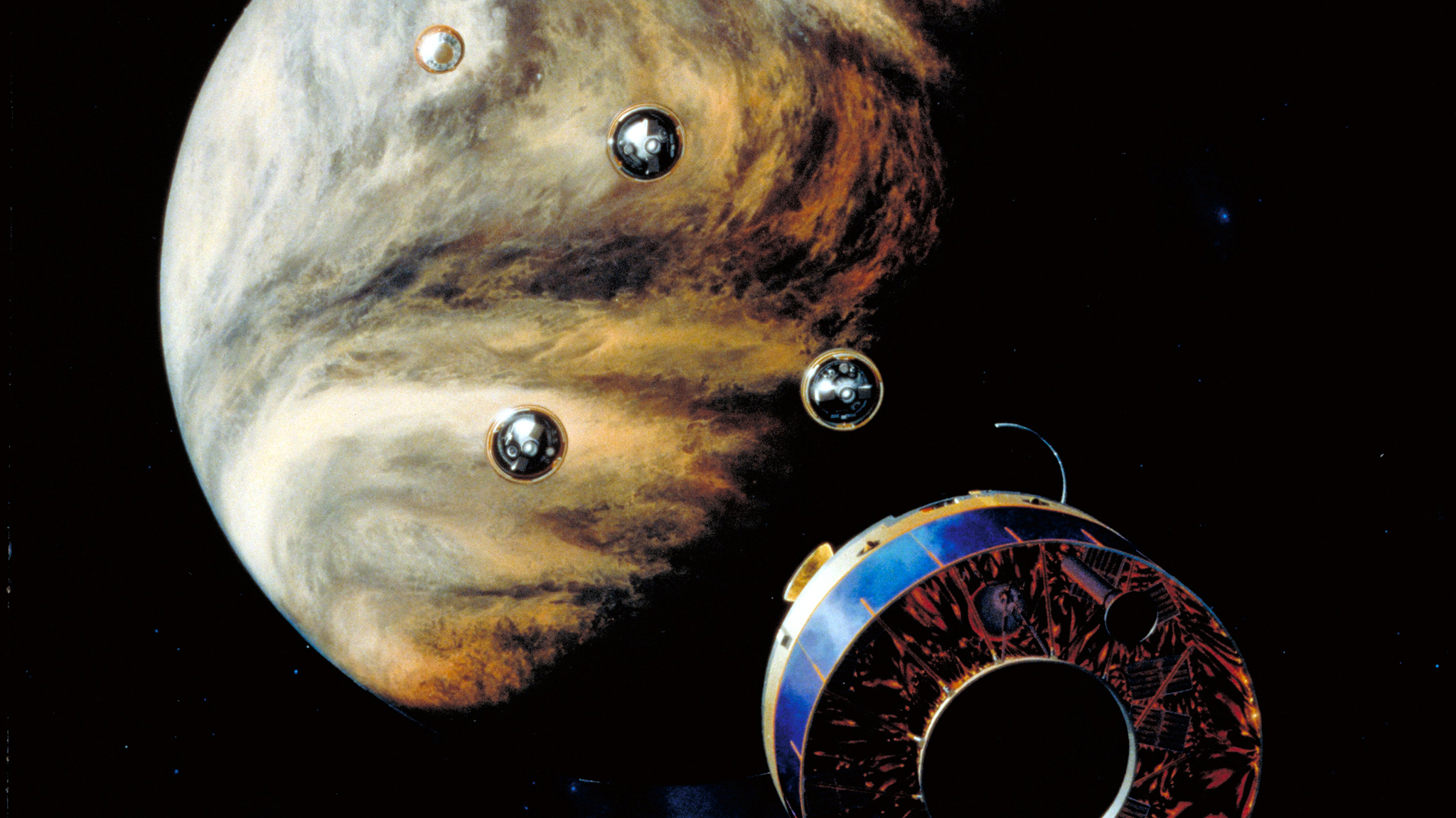
Exciting as it was, the phosphine discovery was met with strong skepticism from the scientific community. For starters, it's not even clear that the researchers detected phosphine at all; their observations contained so much noise that something mimicking phosphine's chemical signature could have appeared by accident, John Carpenter, an observatory scientist at the Atacama telescope in Chile, previously told Live Science.
And even if the reading was accurate, phosphine could very easily be created totally randomly through a number of geological processes that don't involve life at all, said Lee Cronin, a chemist at the University of Glasgow in the United Kingdom. The processes that shape Venus' scorching surface and sky are largely a mystery, and one trace of an inexplicable molecule is, sadly, not enough to confirm alien life exists there. Significant study of the planet is required to solve this chemical conundrum.
There could be 36 alien civilizations sharing our galaxy

How many intelligent alien civilizations are lurking among the hundreds of billions of stars in the Milky Way? According to a study published June 15 in The Astrophysical Journal, the answer is 36.
How did the researchers arrive at that number? By taking a fresh stab at a decades-old alien-hunting riddle known as the Drake equation. Named for astronomer Frank Drake, who debuted the equation in 1961, the puzzle attempts to guess the likely number of alien civilizations in our galaxy based on variables like the average rate of star formation, the percentage of stars that form planets and the much-smaller percentage of planets that have the right stuff for life. Most of these variables are still unknown, but the authors of the new study tried to resolve them with the most up-to-date information on star formation and exoplanets available.
Their result? There are precisely 36 planets in the Milky Way that could host intelligence life similar to that on Earth. But even if the researchers nailed all those unknown variables, it'll still be a while before we meet one of our intelligence neighbors; assuming an even distribution of civilizations throughout the galaxy, the closest one is 17,000 light-years away from Earth.
Get the Space.com Newsletter
Breaking space news, the latest updates on rocket launches, skywatching events and more!
And more than 1,000 alien stars could be watching us

Will they find us before we find them? We could find out in this lifetime. Two stars on the list host known exoplanets, one of which will have a direct line of sight to Earth in the year 2044.
But while we hunt for alien worlds, are aliens also hunting for us? That's the question that motivated an Oct. 20 study in the journal Monthly Notices of the Royal Astronomical Society, in which astronomers calculated the number of alien star systems that have a direct line of sight to Earth — and therefore could be watching us right now.
The team calculated that approximately 1,000 star systems within about 300 light-years of Earth could feasibly see our planet as it passes between their location and Earth's sun. Those sky-watching aliens would see our sun dim as Earth passes over it, just as humans have detected thousands of exoplanets by watching for suddenly-dimming stars in the night sky. What's more, if those alien astronomers have similar technology to ours, they could even detect traces of methane and oxygen in Earth's atmosphere, which would be potential signs of life, the researchers noted.
Aliens aren't responsible for FRBs (at least, not this one)
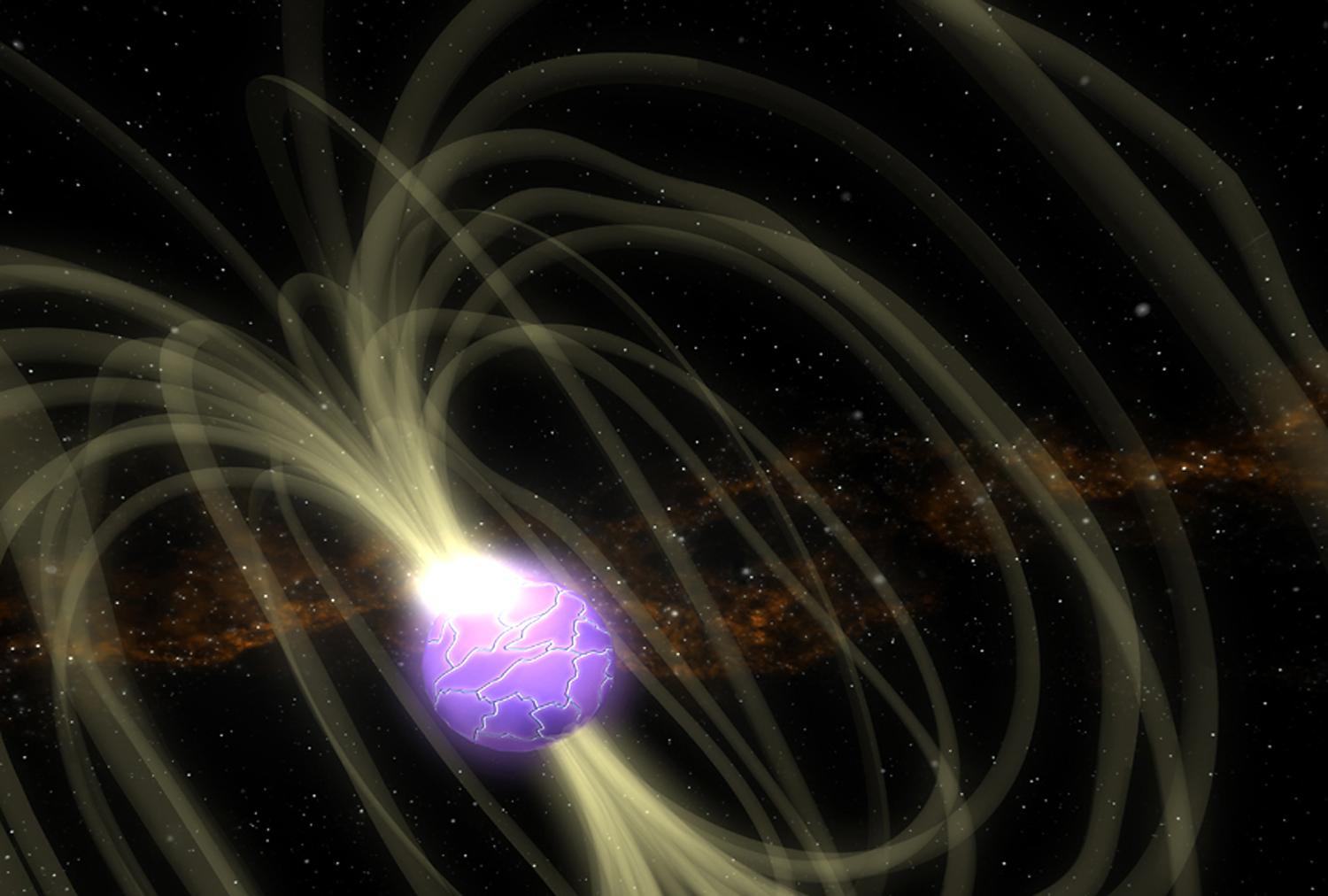
Fast radio bursts (FRBs) are millisecond-long pulses of radio light that blast through space thousands of times a day. Until recently, nobody had any idea what they were. Could it be aliens, pulsing the jets on their hyper-speed spacecraft? The idea had crossed at least one astronomer's mind. But for better or worse, that idea may be dead after astronomers successfully traced an FRB to a known source in the Milky Way for the first time ever.
The source, it turns out, was a magnetar: the fast-spinning, highly magnetized corpse of a long-dead star. For thousands of years after their formation, these temperamental objects cycle through periods of violent activity, beaming powerful pulses of X-ray and gamma-ray radiation into the universe around them at seemingly random intervals. While astronomers were watching one such outburst, they also caught an FRB beaming out of the dead star. Perhaps not all FRBs in the universe come from magnetars (aliens, you're still on notice), but this discovery goes a long way toward solving a decade-old mystery of the cosmos.
White dwarfs may be alien strongholds

About 4 billion years from now, Earth's sun will swell into a red giant, then collapse into a small, smoldering white dwarf. This fate is inescapable, and the odds of humankind fleeing to another star system are near-impossible. Maybe, if we're still around at the time, we could find a way to harness the dim light of our dead star and keep on trucking as a civilization. And maybe, a paper published earlier this year to the preprint database arXiv suggests, other alien civilizations are already doing the same.
White dwarfs have been largely ignored in the search for extraterrestrial intelligence (SETI), the paper's authors claim, as a dead star is unlikely to host a thriving civilization. But white dwarfs do sometimes have planets in their orbit – and a highly advanced civilization might be able to make their tiny sun work for them, even after death. Astronomers therefore shouldn't cut white dwarfs out of their SETI equations, the authors write; in fact, maybe we should be looking to them first.
Aliens might not breathe oxygen
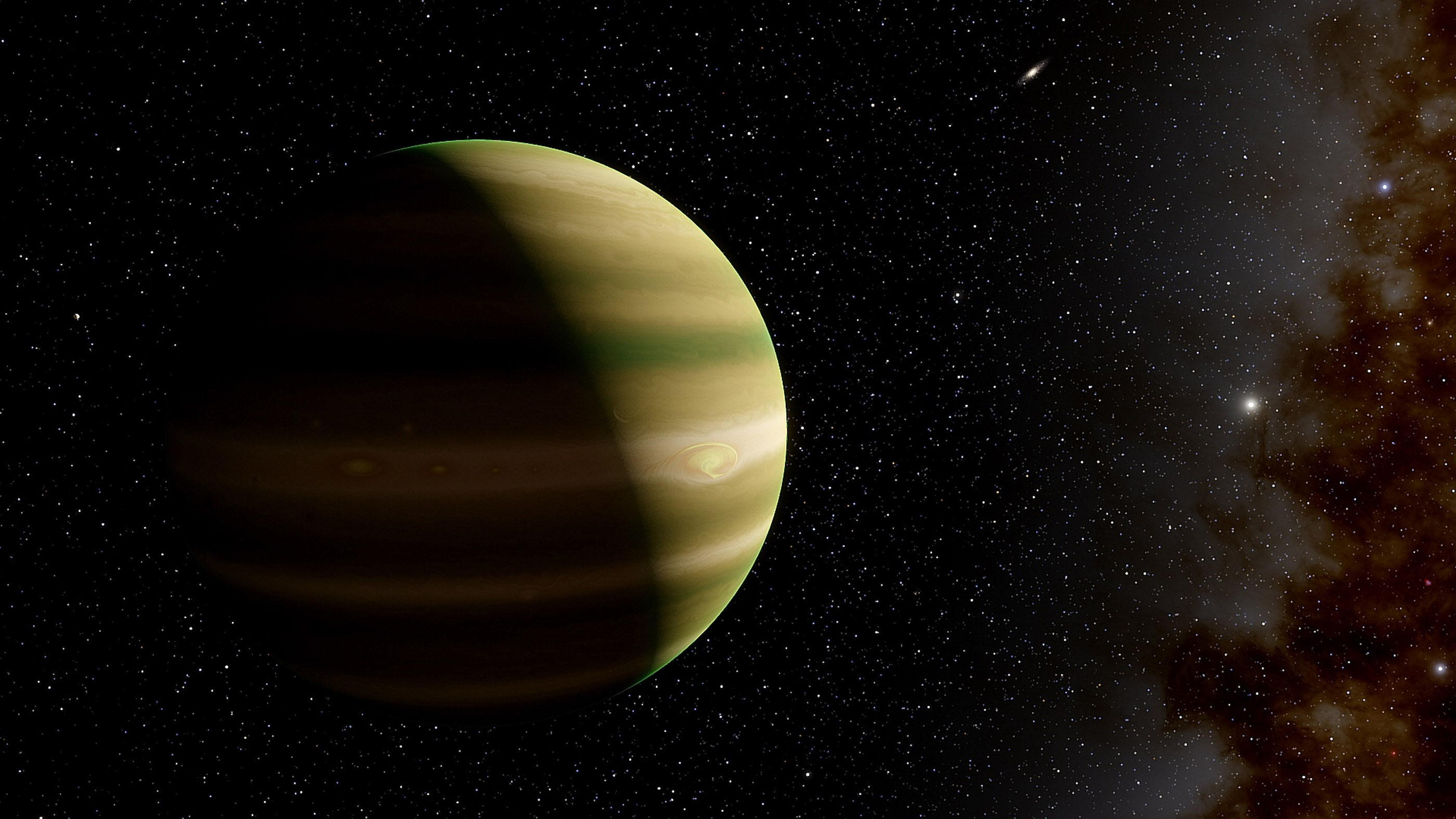
Another underrated target in the search for alien life: oxygen-free planets. While it has been long assumed that alien life needs air to breathe, a study published May 4 in the journal Nature Astronomy argues that maybe "air" and "oxygen" aren't always synonymous. Hydrogen and helium are far more common elements in our universe (Jupiter's atmosphere is 90% hydrogen, for example), so what if an alien species evolved to breathe that stuff instead?
It turns out, it may be possible. The study authors exposed a type of non-oxygen-breathing bacteria called E. coli to two different "atmospheres" fabricated inside some test tubes. One set of flasks was pure hydrogen, the other pure helium. They found that the bacteria were able to survive in both conditions, though their growth was stunted. This experiment "opens the possibility for a much broader spectrum of habitats for life on diverse habitable worlds," study author Sara Seager, a planetary scientist at MIT, wrote in the paper.
Aliens (probably) didn’t build 'Oumuamua
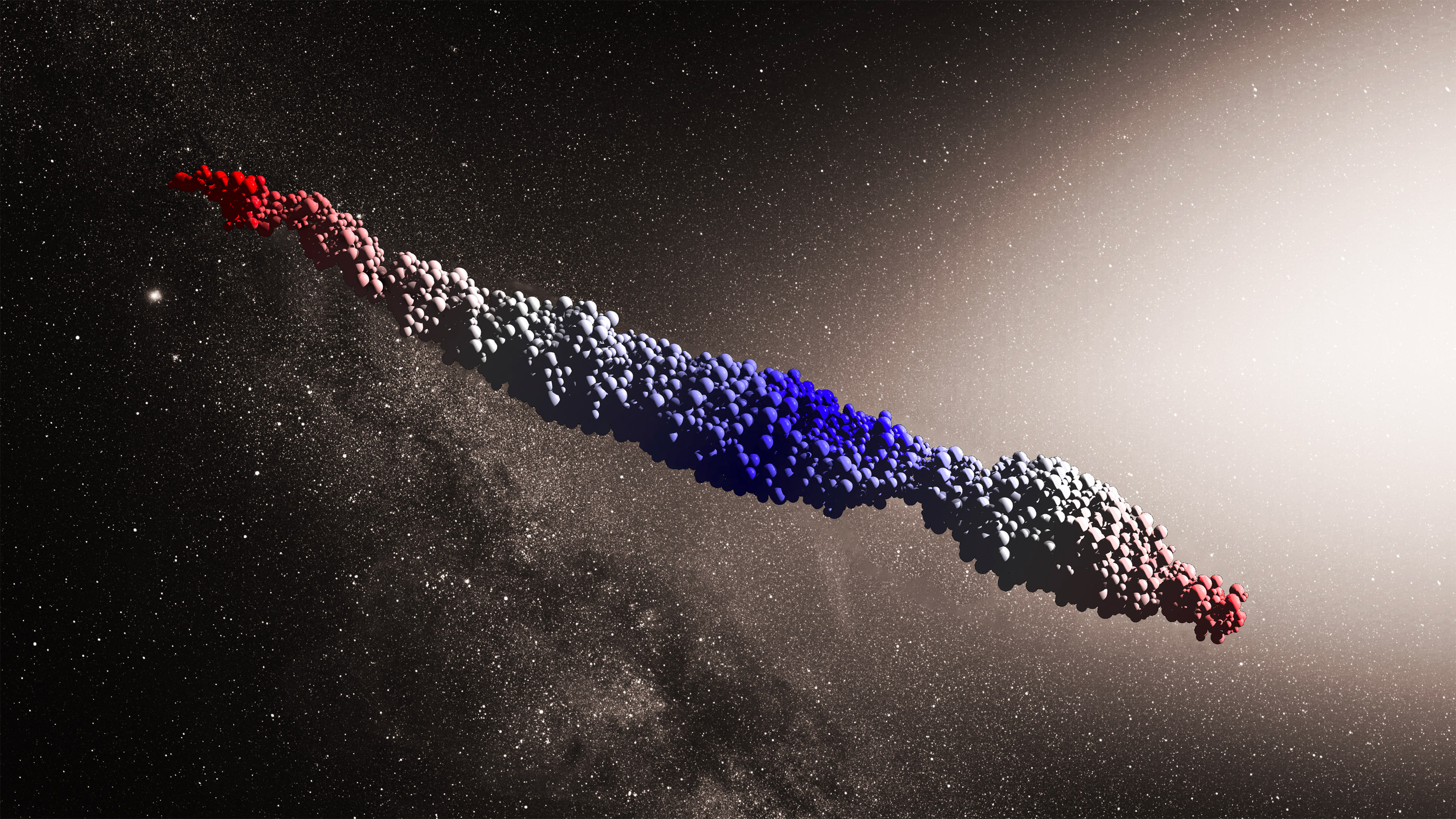
The strange, cigar-shaped rock named 'Oumuamua has puzzled scientists since it was first spotted in our solar system in October 2017. The object was traveling too fast to have originated in our solar system, and seemed to be accelerating for no good reason. Some astronomers — particularly Harvard University astrophysicist Avi Loeb — said it could be an alien spacecraft, powered by a paper-thin sail. That theory met with ongoing skepticism this year, however, thanks to several studies that describe the object's potential natural origins.
One of the leading theories: 'Oumuamua is a "hydrogen iceberg" – essentially, a solid chunk of hydrogen gas that strayed away from its local star and into the icy heart of a giant molecular cloud. After leaving the core of the cloud, the berg was battered by radiation and molded into an elongated shape. Once it entered our solar system, hydrogen began boiling off of the icy rock, causing it to accelerate without leaving a visible trail of gas. It's a tantalizing theory that explains many of 'Oumuamua's quirks; still, Loeb believes aliens are the more likely explanation.
Four worlds hold the most promise

In our solar system, four worlds seem to have the right stuff for the possibility of life. The foremost is Mars — one of the most Earth-like worlds in our solar system. Earlier this year, a large lake was detected beneath the southern polar ice cap, giving new hope that tiny microbes could be present there (assuming they have something to eat).
The other three candidates are all moons: Jupiter's moon Europa, and Saturn's moons Enceladus and Titan. Like Mars, Europa hold the promise of water; its surface is a vast expanse of ice, which may conceal a gargantuan global ocean more than 60 miles (100 kilometers) deep. Enceladus, too, is an icy world that may holds liquid water deep beneath its surface. Recently, gargantuan geysers were spotted spraying water, grains of rocky particles and some organic molecules off of the moon and into space. Titan, meanwhile, is the only moon in our solar system with a substantial atmosphere, which is rich in nitrogen — an important building block of proteins in all known forms of life.
Alien hunting just got a little harder

On Tuesday, Dec. 1, the Arecibo Observatory's iconic radio telescope in Puerto Rico finally collapsed, after hanging on by a literal thread for nearly five months (two mysterious cable-snapping incidents in August and November left the telescope in dire condition).
The tragic collapse ends Arecibo's 57-year legacy of searching the cosmos for signs of extraterrestrial life. In 1974, the telescope broadcast the now-famous "Arecibo Message," declaring the technical prowess of humanity to any intelligent extraterrestrials that might be listening. So far, there have been no answers – but that message to the stars inspired the 1997 film "Contact," in which the Arecibo telescope plays a starring role. The telescope's loss leaves a gap in SETI that won't easily be filled.
Originally published on Live Science
Join our Space Forums to keep talking space on the latest missions, night sky and more! And if you have a news tip, correction or comment, let us know at: community@space.com.

Brandon has been a senior writer at Live Science since 2017, and was formerly a staff writer and editor at Reader's Digest magazine. His writing has appeared in The Washington Post, CBS.com, the Richard Dawkins Foundation website and other outlets. He holds a bachelor's degree in creative writing from the University of Arizona, with minors in journalism and media arts. He enjoys writing most about space, geoscience and the mysteries of the universe.










